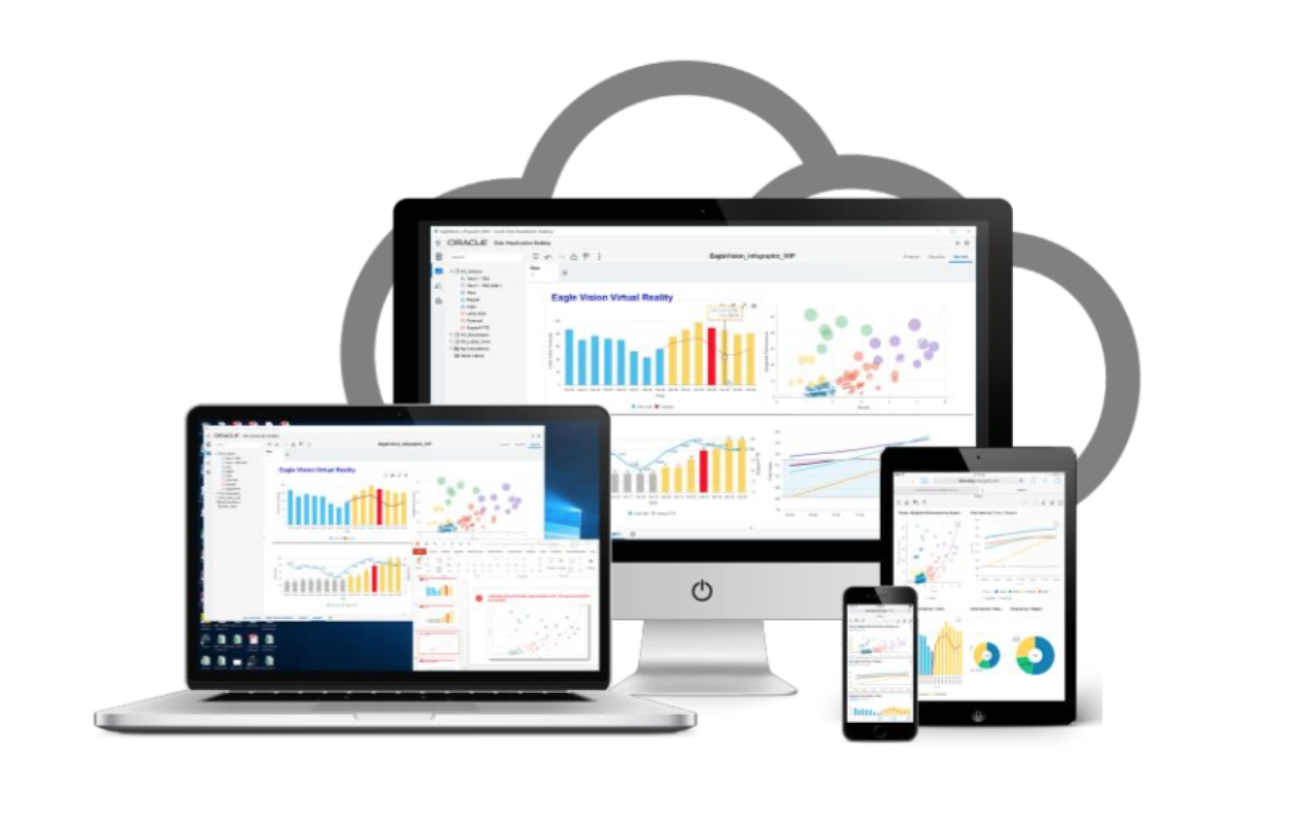There are two ways to do OAC - sitting directly on the source live or sitting on a data warehouse database (autonomous). What are the reasons to go one way or the other or both?
It really boils down to the reporting requirements for your organization. For now, lets oversimplify by putting the reporting requirements into two basic groups; strategic and operational.
“Strategic” refers to information needed for longer-term decisions, predictions, and trends.
“Operational” refers information needed to help the organization work smoothly today, and requires constant attention.
In the strategic scenario we are creating dashboards and reports to contrast data across multiple attributes and compare over time. The goal is to slice and dice the data in a structured way to determine what efforts have worked. This often includes the use key performance indicators (KPI) and may involve data from outside the organization.
With the autonomous database, OAC is a great tool to orchestrate Strategic and/or Analytic dashboards. This involves the use of data integration or data movement tools to load data into the Autonomous Data Warehouse. Some of the available options are:
- Data Visualization (DV) to connect directly to on-premise databases without the need to use the repository (RPD).
- You can bulk load data into Autonomous Data Warehouse using Oracle Database tools, and Oracle or other 3rd party data integration tools.
- Oracle Data Pump offers very fast bulk data and metadata movement between Oracle databases and Autonomous Data Warehouse.
- You can replicate data to Autonomous Data Warehouse using Oracle GoldenGate and Oracle GoldenGate Cloud Service.
- You can use Oracle SQL*Loader to load data from local files in your client machine into Autonomous Data Warehouse.
A disadvantage to using a data warehouse may be the underestimation of ETL processing time. Often, organizations do not estimate the time required for the ETL process and find their work interrupted leading to backlogs.
OAC also has to ability to connect directly to a live data sources such as EBS, PeopleSoft, or JD Edwards. This approach is suited for operational analytics. Operational dashboards/Reports are designed to provide, at a glance, a comprehensive snapshot of the performance of the day. Often operational/reports are used as an extension of the supporting application.
There are several options available to connect OAC to live source databases on primes or in the cloud. A few of the options are:
- Oracle Analytics Cloud Data Gateway/Remote Data Connector - Data Gateway replaces the Remote Data Connector utility that was used in earlier releases. Oracle recommends using Data Gateway for remote connections, except when connecting to remote Oracle Essbase data sources, in which case you should continue to use Remote Data Connector.
- VPN as a Service - Oracle offers a VPN as a Service option for cloud deployments and it is the first and likely most commonly used method of connecting OAC to on-premise data sources that aren't an Oracle DB.
- Fast Connect - Oracle also supports technology like Fast Connect to establish direct connections between your data center and the cloud environment.
A disadvantage to connecting directly to a live source database may be poor performance. The live source table structures and indexes are defined for efficient data entry and form displays, but may not be optimized for reporting. Additional measures may need to be taken in order to resolve performance issues.
In practice, organizations do not have to chose one one over the other. Organizations may chose to load the Oracle Autonomous Data Warehouse for strategic dashboards/reports; within the same OAC environment, organizations can also report directly from live source databases.
Interested in a deep dive on the differences among OAC, OAS, OBIEE? Watch the replay of our "Analytics Showdown" webinar here.





